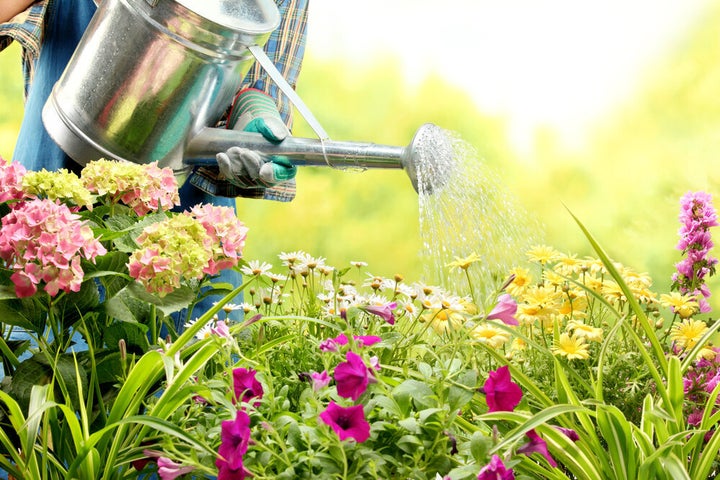We're most likely to make friends when we move to a new city, start university or change jobs. We hang out with people because they happen to be in the area, confide in colleagues because they understand the context, and feel close to those who share our pet peeves. Simple as it may sound, contact is the fuel of close friendship, and we hold our best friends so dear because they are part of our daily lives. Proximity, it seems, can make the heart grow fonder, except for when we're forced to be near someone that gets on our nerves; in this case, proximity can also cause conflict.
Amazingly, the same principles apply to life in your garden. There is a whole range of friendships beyond those between flowers and local insects; planting vegetables, flowers and herbs near each other can either result in difficult relationships or great friendships. The good news is that you don't have to be a tree-whisperer to bring friendship to your garden; you just have to understand its roots.

Green friends
If you want to grow your own vegetables or flowers, you may want to add different species to one pot or border to make your garden or patio look more vibrant. By understanding the needs of each plant, you will be able to predict which flowers, herbs, vegetables and shrubs will make great friends and which won't. There's a good chance that plants will thrive together if they need the same amount of water and sunlight. What's more, planting different species together can mean that one species might repel pests that are dangerous for the others. For example, cabbage, broccoli, cauliflower, radish and other members of the brassica family get along well together as they have similar needs and, because they tend to repel wireworms, they're great buddies for potato plants. They're also firm friends with geraniums and aromatic herbs such as mint, rosemary and dill.
Other examples of vegetables that are happy to share a planter are lettuce, beets, carrots, onions and leeks. The flowers of carrots and parsnips attract insects such as the assassin bug, lacewing, parasitic wasp, yellow jacket and other predatory wasps. Though this may not sound very appealing, they're useful if you have fruit trees, as they will keep codling moth and light brown apple moth at bay.
Bad friends
As with humans, sometimes a friendship can be good for one plant but harmful for the other; tomatoes grow very well when they share soil with carrots, for example, but they may limit the growth of the carrot.
Nasty neighbours
Avoid planting two species next to each other that have different needs when it comes to watering, sunlight or soil; you will want to keep brassicas separate from strawberries and tomatoes, for example. The worst troublemakers are runner and pole beans - they don't get along at all well with beets, brassicas, onions, leeks, garlic, tomatoes and peppers.